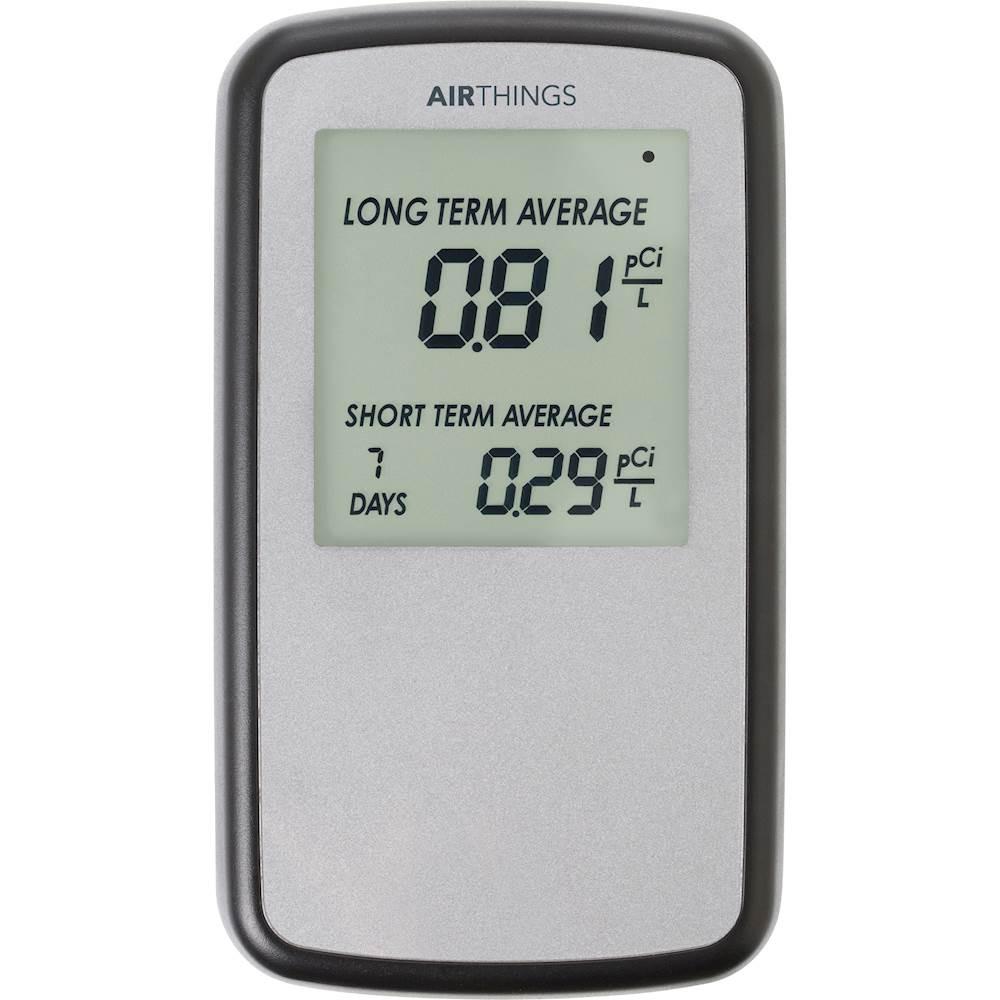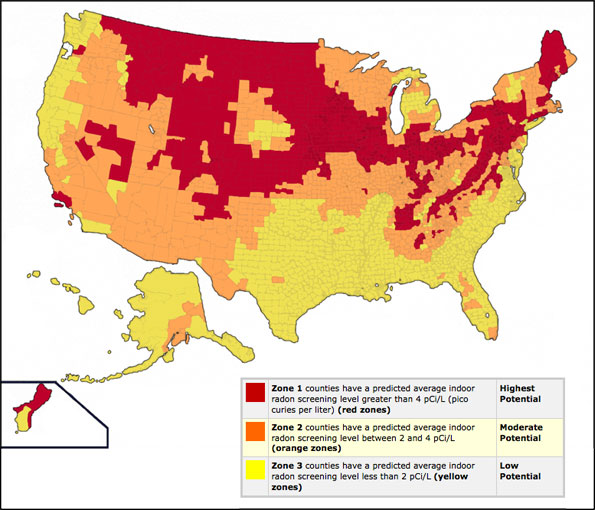Preventing Radon Problems in the Home - 9.953 - Extension

The Buzz on Radon Test High? How to Rid Your Home of Radon
This depends on radon levels in the soil, pathways for radon to enter the home, and the driving force. Air pressure distinctions between outdoors air and the inside air act to drive radon into the house. Some houses pull more radon into the house than others due to greater pressure distinctions readily available pathways.


Radon in Homes, Schools and Buildings - RadTown - US EPA
- Paths the gas requires to get in the home, typically through openings between the soil and the home. These may include cracks in the concrete slab, floor-wall joints, an open sump pit or without treatment crawl area, and so on - Differences in air pressure in between the house's interior and the soil can pull radon gas into the house through the paths.
This pressure difference produces a vacuum and outside air can be pulled into the house through openings like doors and windows. A few of this replacement air originates from the soil. There are three main components contributing to air pressure changes in the house that can bring in radon gas. - Warm air increases to the upper portion of the house and is lost to the outside air.

About Radon - Ohio Department of Health
Top Guidelines Of Mitigating Radon in Homes - NAHB Now - The News Blog of
- Strong winds can blow over the top of the house, pressing and pulling air into and out of the house. - Devices (water heating units, fireplaces, clothing dryers, older heating systems, etc.) and exhaust fans get rid of air from the home. This can drive soil gas into the house as makeup air goes into the lower part of your home.
A provides a big surface location in contact with the soil, and radon can get in through different pathways. Keep Checking Back Here add potential for a greater stack result. Homes developed have lots of openings that allow radon to enter, similar to a basement. Residences built with are directly connected to the soil and create a pathway for radon to enter the home.
When it comes to reducing your cancer danger, one essential action could be right under your nose, or your feet. Getting your house tested for radon can help protect you and your household from a crucial reason for lung cancer. Exposure to radon accounts for about 21,000 deaths from lung cancer each year according to the US Environmental Security Agency (EPA).
